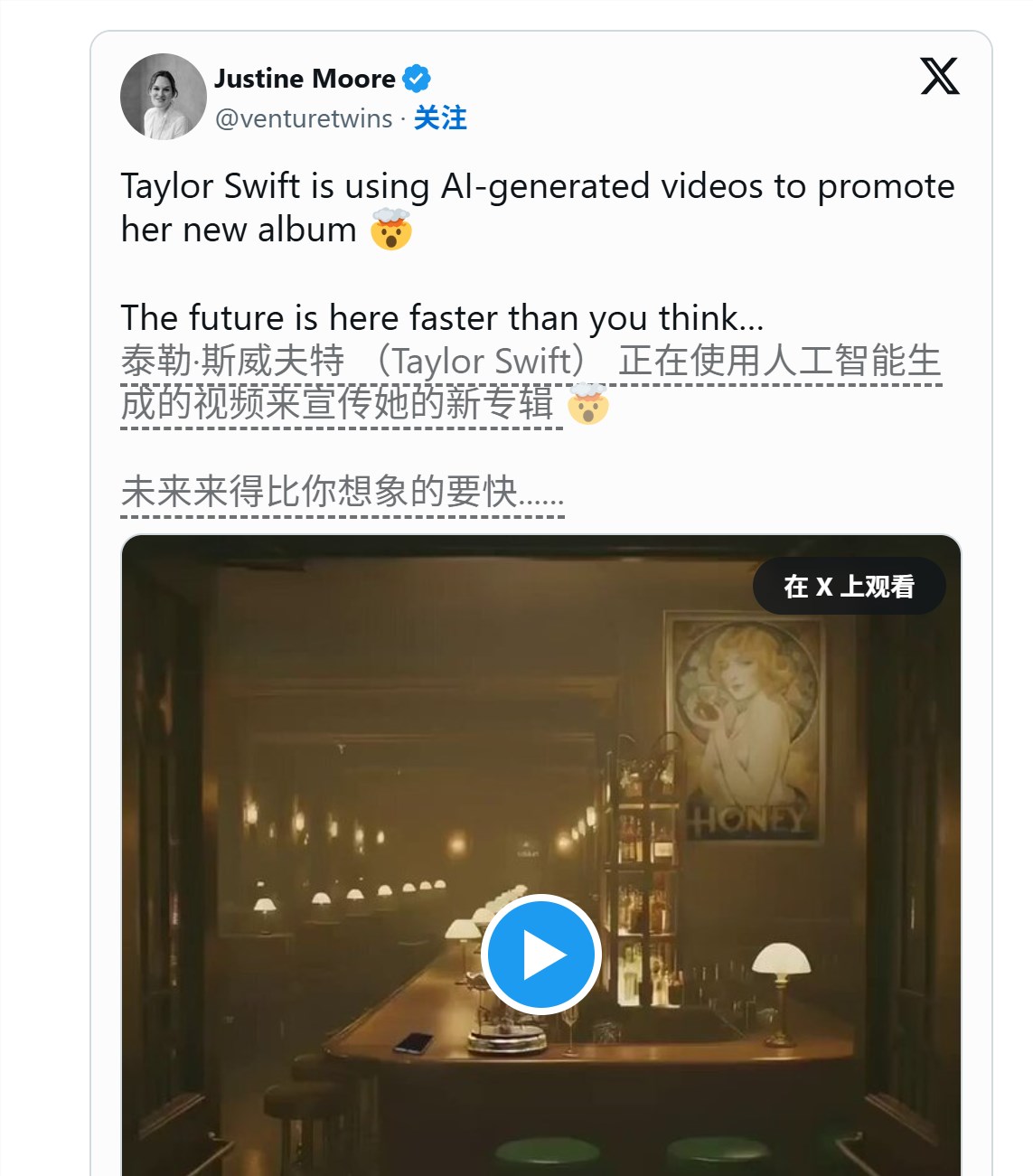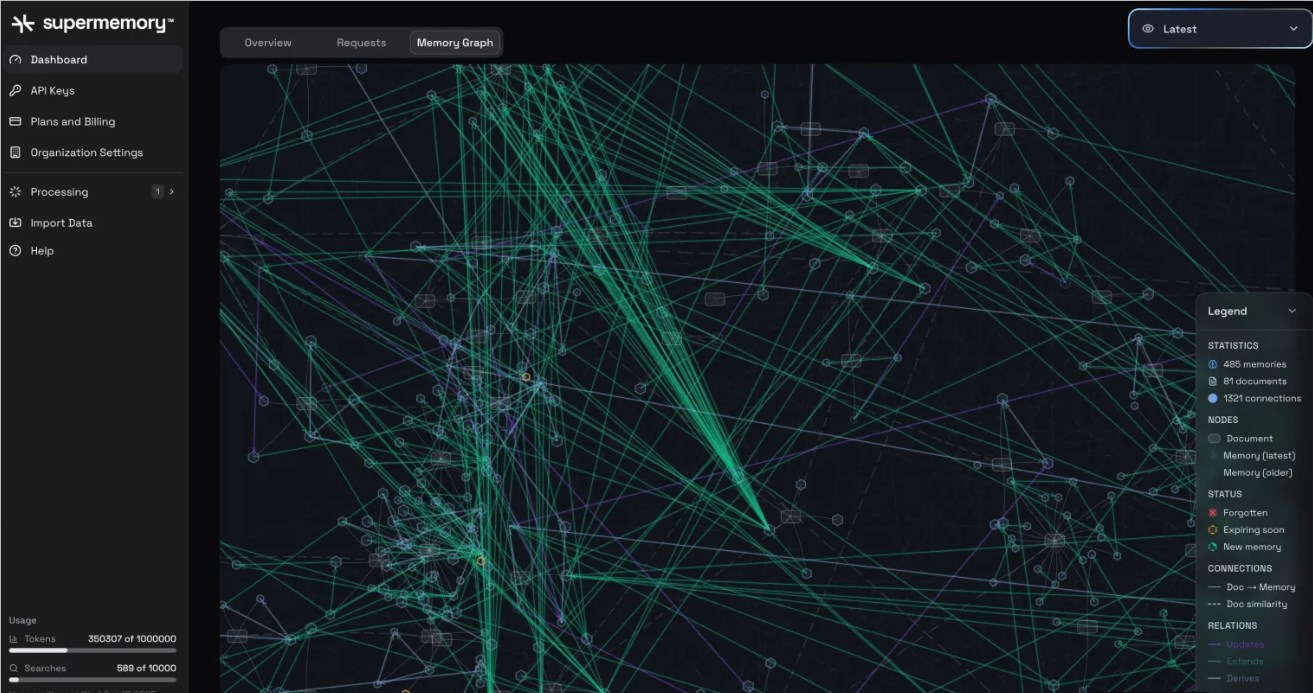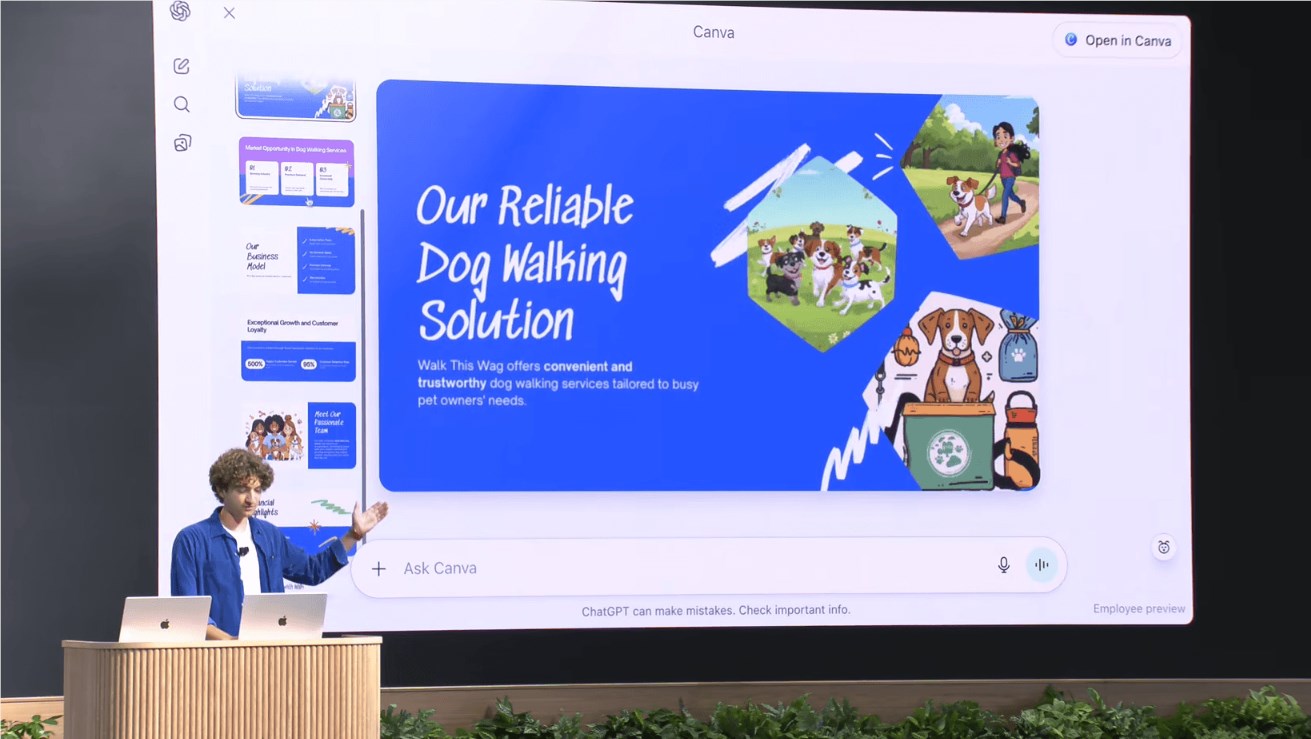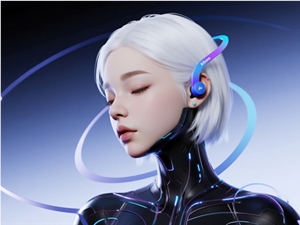Recently, a research team from ETH Zurich, Stanford University, and Microsoft introduced a new method called SuperDec, which aims to achieve a compact and expressive 3D scene representation through the principle of hyper-tetrahedrons. This innovative approach not only effectively decomposes individual objects in 3D scenes but can also be applied to robotics and controllable visual content generation, bringing new possibilities to various fields.
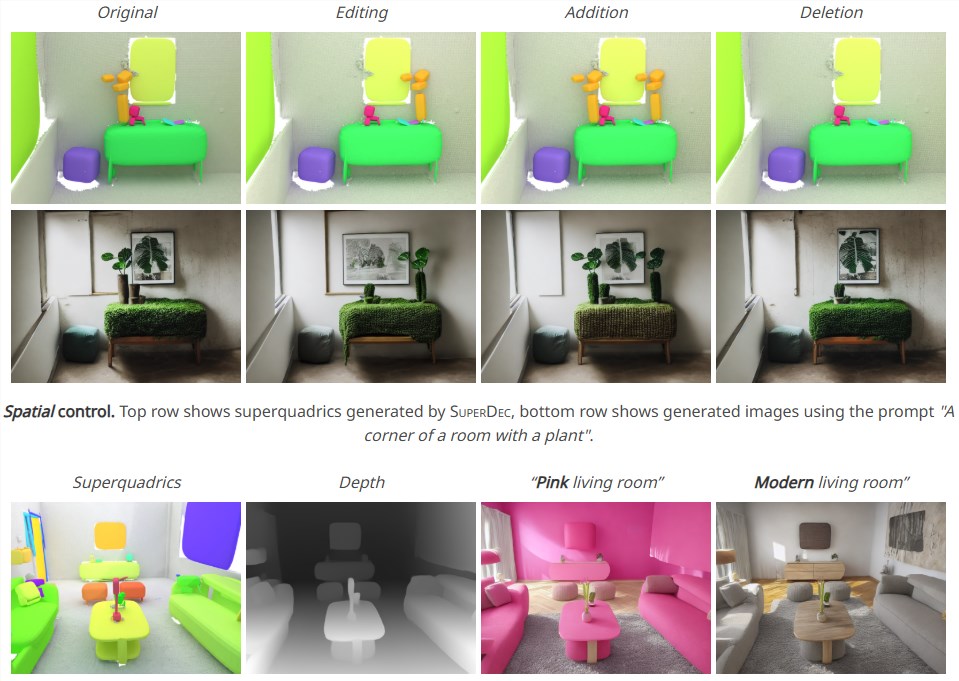
How SuperDec Works
The core idea of SuperDec is to use hyper-tetrahedrons as geometric primitives for local processing of 3D scenes. During the processing, this method combines instance segmentation techniques to effectively expand the entire 3D scene. The research team designed a new architecture that can efficiently decompose the point cloud of any object into a set of compact hyper-tetrahedrons. The model was trained on the ShapeNet dataset and validated its generalization ability on the ScanNet++ dataset and full Replica scenes.
In the processing workflow of SuperDec, given a point cloud of an object containing N points, a transformer-based neural network predicts the parameters of P hyper-tetrahedrons and a soft segmentation matrix that assigns points in the point cloud to the corresponding hyper-tetrahedrons. These predictions provide effective initialization for subsequent Levenberg-Marquardt optimization, further refining the shape of the hyper-tetrahedrons.
Experimental Results and Performance Evaluation
The research team conducted a comprehensive evaluation of SuperDec's performance, including both object-level and scene-level aspects. In the object-level evaluation, SuperDec demonstrated superior decomposition capabilities on the ShapeNet dataset. Through intra-class and inter-class experiments, the team evaluated the model's accuracy and generalization ability, with results showing that SuperDec performs well in decomposing objects of different categories.
In the scene-level evaluation, SuperDec can scale the model to full 3D scenes without any additional fine-tuning. Using object instance masks extracted by Mask3D, SuperDec successfully visualized hyper-tetrahedron representations in multiple scenes of the Replica dataset, demonstrating its applicability in real environments.
Broad Application Prospects
SuperDec has a wide range of potential applications, especially in robotics and controllable content generation. The research team verified its application in path planning and object grasping through field experiments. By scanning real 3D scenes, SuperDec can compute the hyper-tetrahedron representation of objects and plan effective grasping paths for robots.
Additionally, SuperDec can be combined with text-to-image diffusion models to achieve dual control over space and semantics. The research team demonstrated how to generate images with specific depth information using a control network (ControlNet), thereby achieving diverse room styles while maintaining the geometric and semantic structure unchanged.
The introduction of SuperDec marks an important breakthrough in 3D scene decomposition technology. Its compact representation based on hyper-tetrahedrons not only improves the efficiency of 3D reconstruction but also opens up new paths for future robotic applications and content generation. With further research, SuperDec is expected to play an important role in multiple fields.
Project entry: https://super-dec.github.io/


